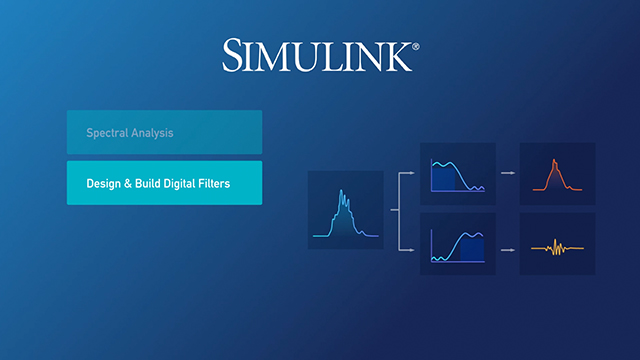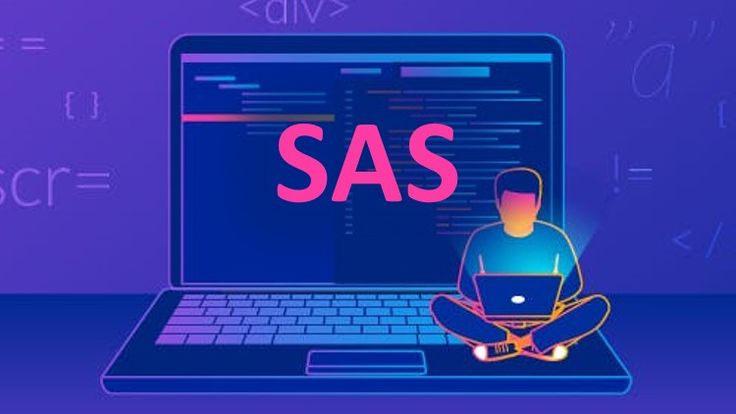Description
Introduction of Talend fundamentals:
This course provides an introduction to Talend, a leading data integration platform that enables users to extract, transform, and load (ETL) data efficiently. Talend’s tools facilitate seamless integration of data from various sources, helping organizations to consolidate, cleanse, and prepare data for analysis. This course is designed for individuals who are new to Talend fundamentals and data integration, offering a comprehensive overview of its features, functionalities, and best practices. Participants will learn how to use Talend’s intuitive interface to build and manage data integration workflows effectively.
Prerequisites of Talend fundamentals:
- Basic understanding of data integration concepts and ETL processes.
- Familiarity with databases and SQL is beneficial but not required.
- Basic knowledge of programming or scripting is helpful but not mandatory.
- No prior experience with Talend is required.
Table of Content:
- Introduction to Talend
1.1 Overview of data integration and its importance
1.2 Introduction to Talend and its components
1.3 Understanding Talend’s architecture and key features
1.4 Talend Open Studio vs. Talend Cloud
- Getting Started with Talend Studio
2.1 Installing and setting up Talend Open Studio
2.2 Navigating the Talend Studio interface
2.3 Creating and managing Talend projects
2.4 Understanding Talend’s metadata and repository concepts
- Building Basic ETL Jobs
3.1 Designing a simple ETL job using Talend Studio
3.2 Connecting to various data sources (databases, files, APIs)
3.3 Using Talend components for data extraction, transformation, and loading
3.4 Configuring job settings and running jobs
- Data Transformation and Mapping
4.1 Using Talend components for data transformation (e.g., tMap, tFilterRow)
4.2 Performing data cleansing and validation
4.3 Mapping and joining data from multiple sources
4.4 Handling different data formats and structures
- Advanced ETL Techniques
5.1 Implementing complex ETL workflows with Talend
5.2 Using Talend’s built-in functions and expressions
5.3 Handling large datasets and optimizing job performance
5.4 Error handling and job logging
- Working with Talend Components and Connections
6.1 Exploring common Talend components and their usage
6.2 Configuring and managing connections to databases and other systems
6.3 Creating reusable components and job templates
6.4 Using Talend’s graphical interface for designing jobs
- Data Quality and Governance
7.1 Implementing data quality checks and validation rules
7.2 Managing data governance and metadata within Talend
7.3 Using Talend Data Quality components for profiling and cleansing
7.4 Ensuring data consistency and accuracy
- Deploying and Scheduling Talend Jobs
8.1 Deploying Talend jobs to production environments
8.2 Scheduling and automating job executions
8.3 Monitoring job performance and handling failures
8.4 Using Talend Administration Center (TAC) for job management
- Case Studies and Real-World Applications
9.1 Case studies of successful data integration projects using Talend
9.2 Lessons learned and best practices from real-world scenarios
9.3 Innovative use cases and advanced applications of Talend
9.4 Future trends and developments in data integration
- Final Project: Building a Data Integration Solution
10.1 Designing and implementing a complete data integration workflow using Talend
10.2 Connecting to multiple data sources and performing ETL operations
10.3 Demonstrating data transformation, quality checks, and scheduling
10.4 Presenting and reviewing project outcomes and integration solutions
- Conclusion and Next Steps
11.1 Recap of key concepts and techniques covered in the course
11.2 Additional resources for further learning and certification
11.3 Career advancement opportunities in data integration and Talend
11.4 Staying updated with Talend and data integration trends
To conclude; this course provides a comprehensive understanding of Talend and its capabilities in data integration. By applying the concepts learned, participants can effectively design, implement, and manage data workflows to enhance organizational efficiency.
If you are looking for customized info, Please contact us here
Reference







Reviews
There are no reviews yet.